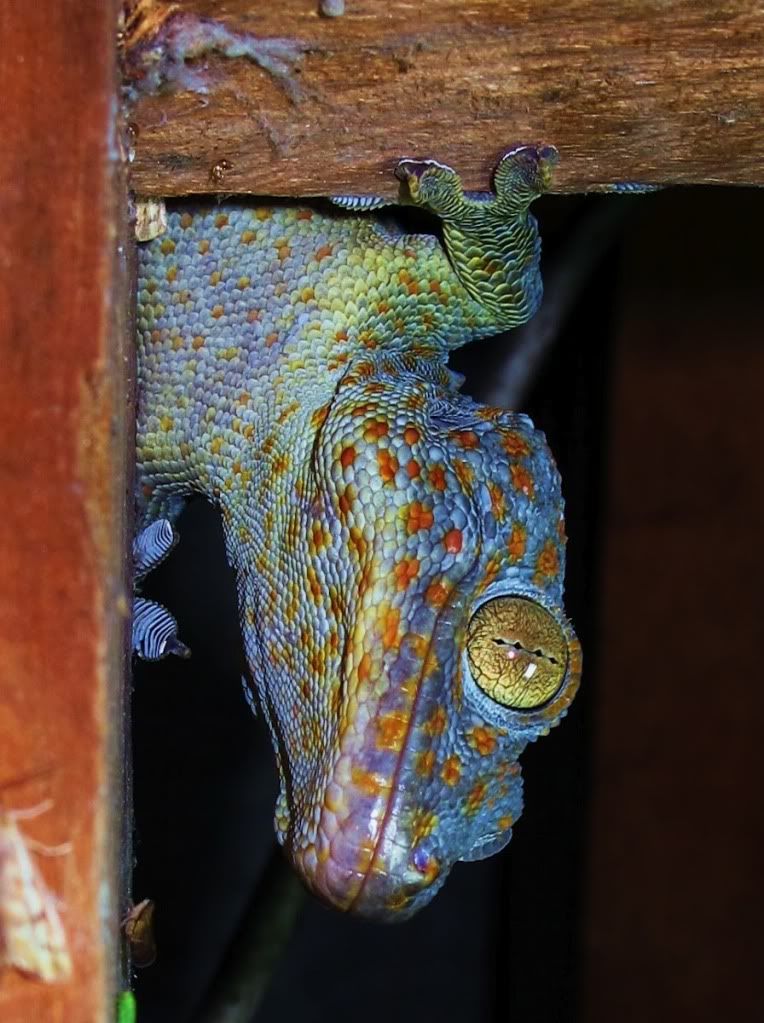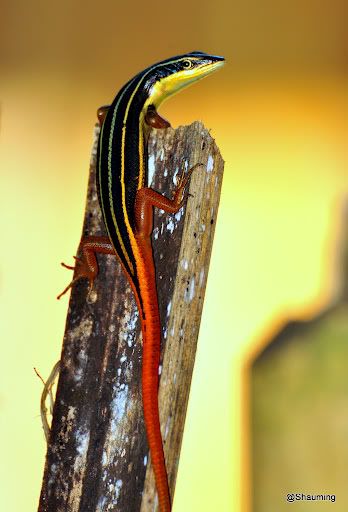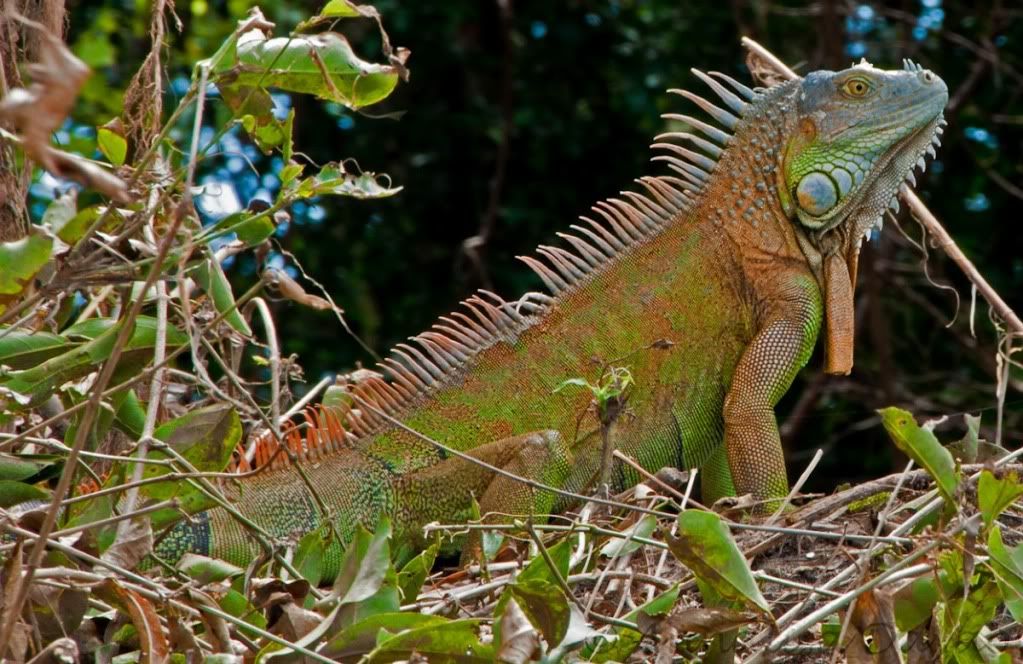August 14th is World Lizard Day, and to celebrate we have asked Lisa Powers who is an award-winning nature photographer, writer and herpetologist, as well as a member of the Project Noah community, to give us a brief introduction to this fascinating and diverse order!
2012 is the Chinese Year of the Dragon. Dragons are revered in many cultures around the world and bring out the imagination and curiosity in all of us. But perhaps even more interesting than dragons are the animals that sparked that imagination and curiosity that led to the mythology of dragons…the lizards!
Exactly what makes a lizard a lizard? Lizards are reptiles. As such, they are vertebrates and ectothermic (they depend on external factors to maintain an optimal body temperature.) Most lizards (there is always an exception) have dry scaly skin, external ear openings, legs, a tail and eyelids. Most lizards lay eggs, but a few species are ovoviparous (embryos develop inside eggs that are retained within the mother’s body until they are ready to hatch, when the mother expels the live babies from her body.)
Many have complex social behaviors, with some lizards known for using push-ups, head bobbing, and posturing to communicate. It is always fascinating to observe these creatures interacting with one another and can make for some fun spottings on Project Noah!
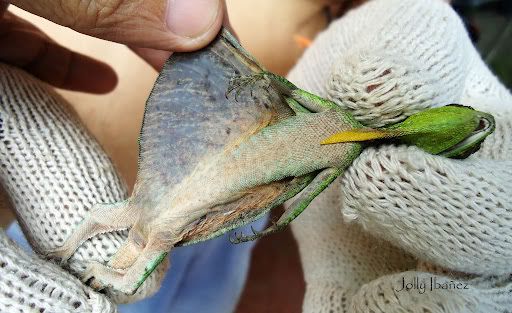
2012 has been marked as The Year of the Lizard by the Partners in Amphibian and Reptile Conservation in partnership with many other conservation organizations. When asked, which continent has the highest level of lizard diversity? Eric Pianka of the University of Texas at Austin, responded in the PARC Year of the Lizard Newsletter, “Australia probably takes the cake, with Africa and South America in second place.” There are approximately 5600 species of lizards in the world. They inhabit every continent except for Antarctica. Unlike the mythological dragons, there are no lizards that have the ability to fly. But the Genus Draco (Family Agamidae) from southeast Asia, like the Philippine flying dragon (Draco volans) on the left, have special membranes connecting their ribs that can be extended to create a wing that allows these small lizards to glide as far as 60 meters!
The title of tiniest lizard goes to two species: Brookesia micra (a species of chameleon from Madagascar), reaches a maximum snout-vent length in males of 16 mm, and its total length in both sexes is less than 30 mm. The smallest gecko in the world is Jaragua sphaero which grows to a size of 16 mm (0.6 inch) This ranks them amongst the smallest amniote vertebrates (reptiles, birds and mammals) in the world.
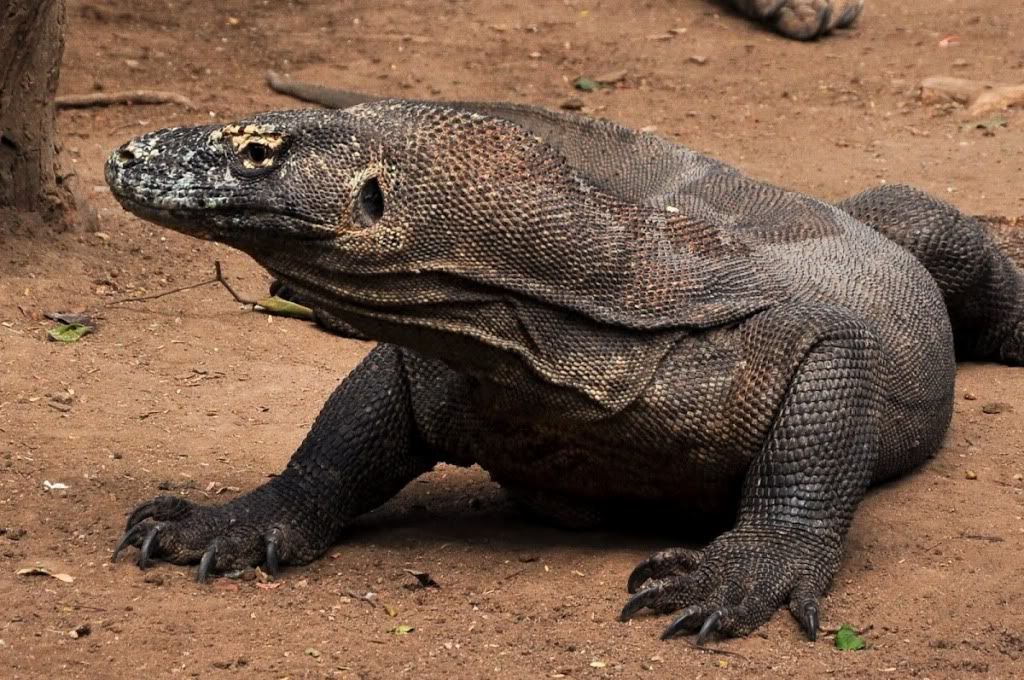 The largest lizard in the world is the Komodo dragon (Family Varanidae), weighing as much as 136 kilograms (300 pounds) and attaining lengths of over 3 meters long (10 feet). These large monitor lizards live only on a few islands in Indonesia, and recent scientific research has determined that they are also venomous. Other Varanidae (monitors) and some Iguanidae (Iguanas) have also been found to produce venom and ongoing studies may identify more species. The use of venom in a lizard species is not a new discovery. The Helodermatidae of southwestern North and South America also use venom as a defense. Unlike snakes, the venom glands are located in the lower jaw but they lack the musculature to inject venom and must chew to envenomate. The drug Byetta (exenatide), used to treat Type II Diabetes, originated from the venomous saliva of the Gila Monster lizard, and is now synthesized in the lab.
The largest lizard in the world is the Komodo dragon (Family Varanidae), weighing as much as 136 kilograms (300 pounds) and attaining lengths of over 3 meters long (10 feet). These large monitor lizards live only on a few islands in Indonesia, and recent scientific research has determined that they are also venomous. Other Varanidae (monitors) and some Iguanidae (Iguanas) have also been found to produce venom and ongoing studies may identify more species. The use of venom in a lizard species is not a new discovery. The Helodermatidae of southwestern North and South America also use venom as a defense. Unlike snakes, the venom glands are located in the lower jaw but they lack the musculature to inject venom and must chew to envenomate. The drug Byetta (exenatide), used to treat Type II Diabetes, originated from the venomous saliva of the Gila Monster lizard, and is now synthesized in the lab.
The Gekkonidae is the largest Family of lizards. There are over 1500 known species and they inhabit all continents except Antarctica. Many have specialized toe pads that help them cling to rocks and vegetation. Most members of this family, excluding the Eublepharinae, lack eyelids and instead have a transparent membrane that they lick to clean. Many species are nocturnal and have excellent night vision, while others are active mainly during the day. The name gecko is derived from the Javanese (Indonesian) word gekok which imitates the noise geckos make. The largest gecko was Delcourt’s gecko (Hoplodactylus delacourti), is believed to have become extinct during the early 19th century; it could reach 60cm long and was native to New Zealand. Most gecko species are small to medium-sized and fall far short of the 60 cm size.
Above from left: Tokay gecko (Gekko gekko) from Indonesia; yellow striped tree skink (Lipinia Vittigera) from the Philippines; Perinet chameleon (Calumma gastrotaenia marojezensis) from Madagascar.
The Family Scincidae is a family that most people have encountered. With over a thousand species and occurring on 6 of the 7 continents, they are the second most diverse family of lizards. Skinks can be recognized by their smooth shiny scales, often reduced in size limbs (some species lack front or hind limbs), and a nervous, shy temperament. Skinks can be terrestrial or fossorial (burrowing), arboreal (tree-climbing) or semi-aquatic. Most skinks are diurnal (day-active) and typically bask on rocks or logs during the day.
Chameleons (Family Chamaeleonidae) are distinguished by their zygodactylous feet, stereoscopic eyes, long extrudable tongue and swaying gait. Many species have a prehensile tail, crests or horns on their distinctively shaped heads, and the ability to change color. They naturally range from Africa, Madagascar, Spain and Portugal, across south Asia, to Sri Lanka, and have been introduced to Hawaii, California, and Florida.
The Family Iguanidae (iguanas) is generally considered New World but also includes species from the Oplurines of Madagascar. Most of these species such as the Galapagos land iguana (Iguanidae Conolophus) at the top of this feature, have complex social behaviors and special adaptations to the body in relationship to this.
The green iguana (Iguana iguana) like the specimen above left from Costa Rica, is commonly kept as a pet but can be very demanding to care for properly. Space requirements and the need for special lighting and heat can prove challenging.
The Family Agamidae whose species are found in Africa, Asia, Europe and Australia, contains some of the most colorful and unusual lizards including the Namibian rock agama (Agama planiceps) above center. One of the most unusual lizards, is the thorny devil (Moloch horridus) from Australia, shown above right. The thorny devil feeds mostly upon ants but has many hard spiny projections on its body that would make it difficult to be swallowed by predators.
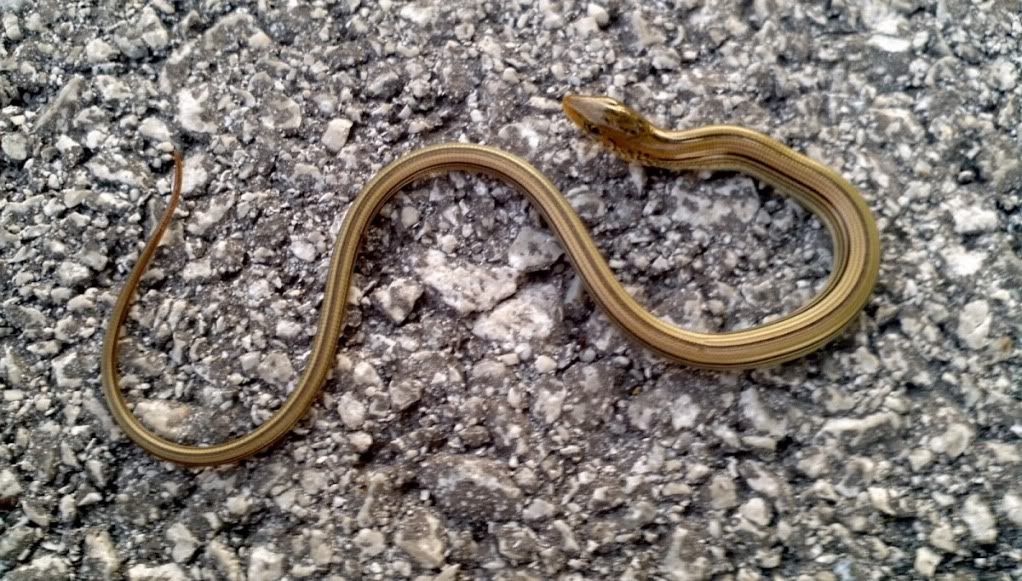
Some of my favorite lizard species have no legs at all, like the Western slender glass lizard (Ophisaurus attenuatus) above from North America. These lizards may be found in any one of the following families: Anguidae, Cordylidae, Pygopodidae, Dibamidae, Anniellidae, Gymnophthalmidae, Scincidae and Gerrhosauridae. These lizards have independently lost limbs or reduced them to the point of being of no use in locomotion.
They may also have good eyesight or reduced/no eyes. They are primarily fossorial and therefore rarely seen by the general public. Some of my favorite spottings on Project Noah have been various species of legless lizards from around the world. Keep them coming, please!

